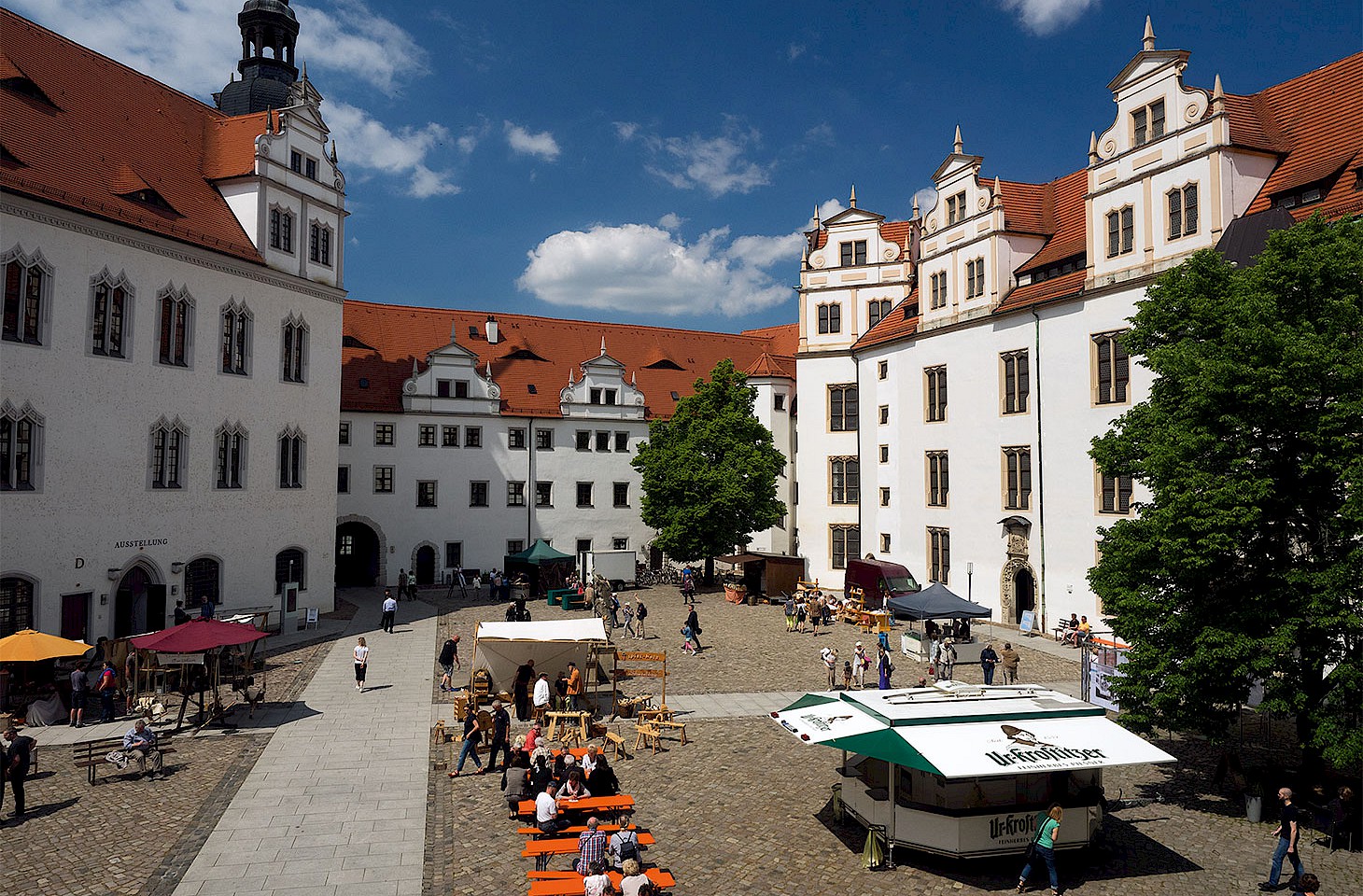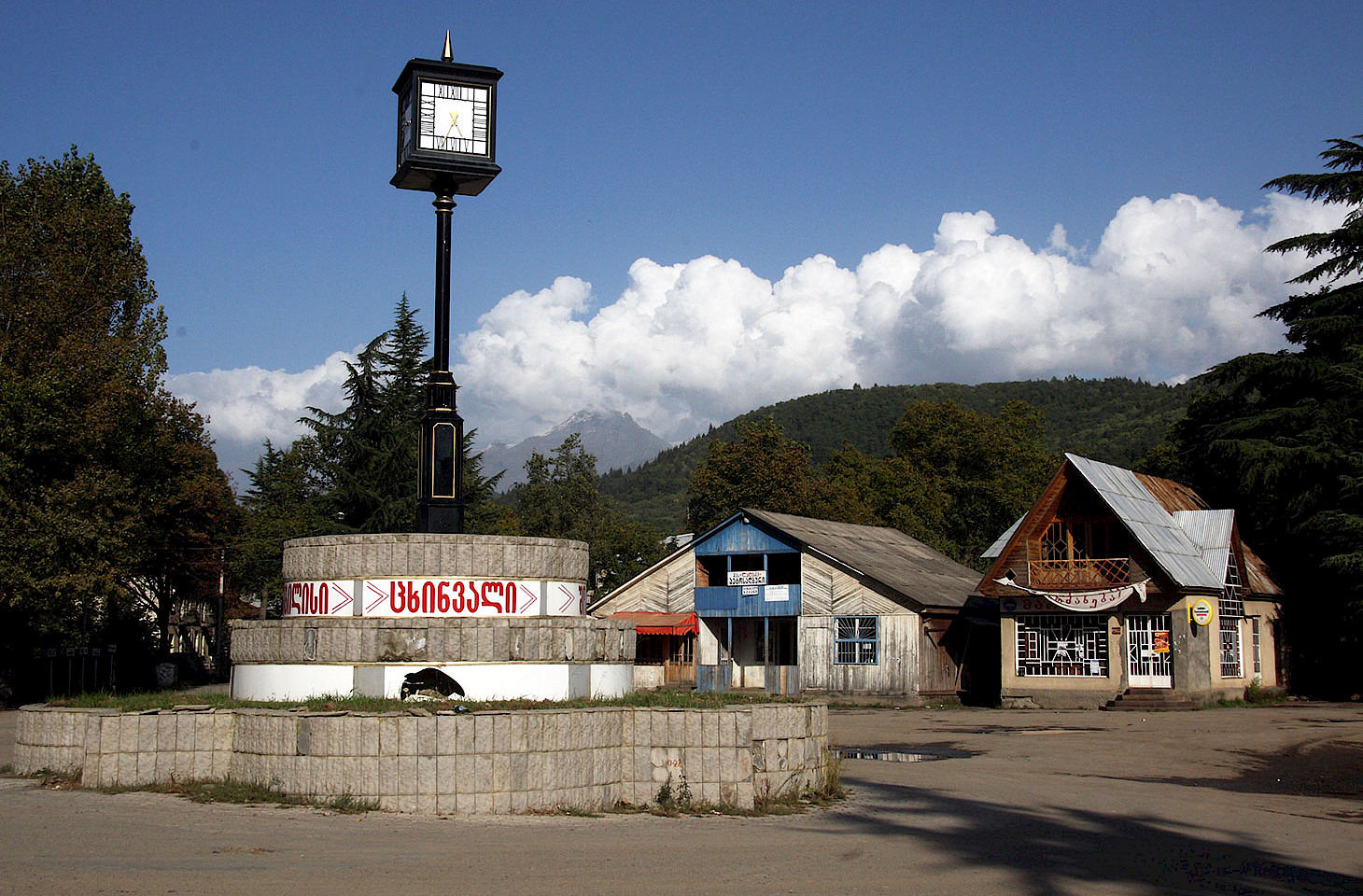Dear fellow travellers
Across much of Europe, today is a public holiday on account of the Catholic solemnity of Corpus Christi. It is a feast that comes with a heavy helping of curious cultural customs. Wander through many small towns in central Europe this afternoon, and you'll see why today is often called 'Wreath Day' (Kranzltag in German). For the outsider, and particularly for visitors from the British Isles, this may seem like a case of Christmas coming early, but the Corpus Christi wreaths are different from their Advent equivalents. Sprigs of pine or birch and sprays of flowers and fresh herbs decorate doorways, and during the Corpus Christi processions it is traditional for the priests and altar servers to wear, on their left arms, a spray of green foliage. Girls wear a small wreath on their heads.
In parts of Catholic Germany and the Austrian Tyrol, the practice of firing cannons on Corpus Christi has become increasingly controversial in recent years, and is thus not so commonly encountered nowadays. But other antics, attended by their own dangers, prevail, like the carrying of great wooden poles topped by wreaths through the streets. Indeed, in one Lithuanian village they still talk about the time when, as the Corpus Christi procession started, a stork decamped from its nearby nest onto the top of the pole and remained there for the entire duration of the procession.
These expressions of folk piety reach their apotheosis today in Mediterranean Europe where the magnificent processions take a dramatic turn with demons and angels tussling for the attention of the devout. Such processional dramas developed in the fourteenth century, initially in England, and follow no specific plot; the only rule is that the demons lose out in the end! Read an account of one of Europe's lesser known celebrations of Corpus Christi in the July 2005 issue of hidden europe.
Karelian babushkas
hidden europe readers who plan a visit to Russia's Karelian Republic next month might think again! In our May 2005 magazine, we commended the merits of the Kalakunda fish festival scheduled for Petrozavodsk on 8 June. But this week we heard from our Karelian contact in the Republic's Ministry of Culture and Public Affairs with the news that the 8 June event has been postponed until 2006.
Anxious not to leave readers bound for Karelia at a loose end, however, hidden europe has come up with the perfect alternative. On 17 July, the place to be in Karelia is definitely Pudozh. On that day this little historic town celebrates its babushka festival. Definitely a moment to take your grandmother along. Apart from the babushkas, expect a fabulous taiga landscape of lakes and forests. And if you are not sure what a babushka is, then check out Moldova's entry in last Saturday's Eurovision Song Contest.




